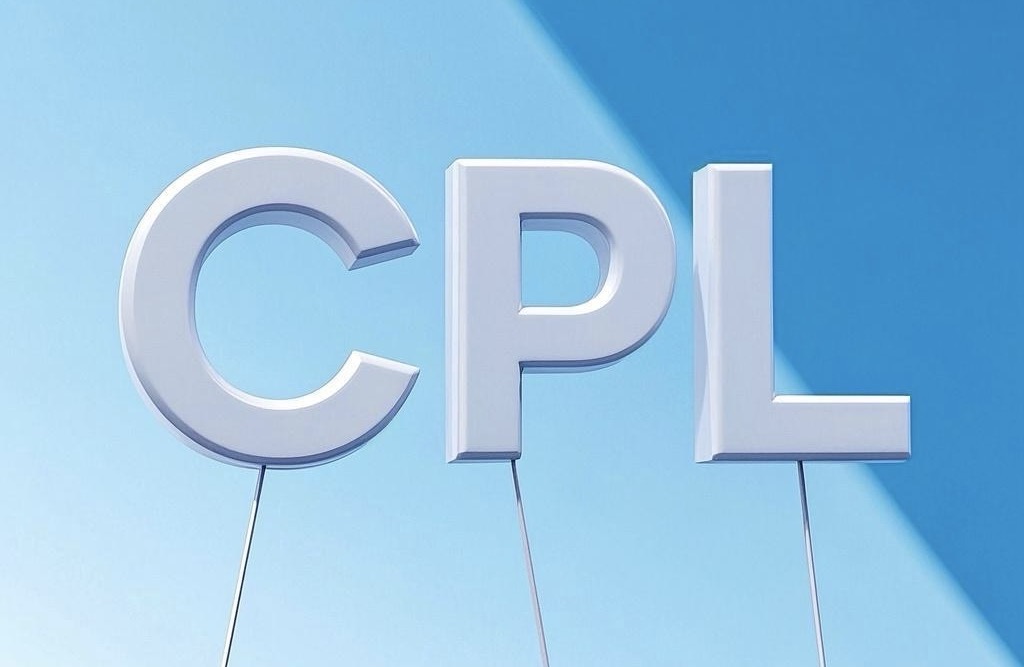Sustainability in Flexible Packaging: The Green Revolution of the Future Packaging Industry
As environmental awareness continues to rise, consumers’ demand for sustainable packaging is growing, and flexible packaging, a major force in the packaging industry, is undergoing a sustainability revolution. From the use of biodegradable materials to promoting the circular economy, the flexible packaging industry is moving toward more environmentally friendly solutions. This article will explore the current state, challenges, and future trends of sustainability in flexible packaging.
Flexible Packaging: Balancing Environmental Protection and Functionality
Flexible packaging, widely used in the food, beverage, personal care, and other industries, has become an important part of the packaging sector due to its advantages in being lightweight, space-saving, and cost-effective. However, traditional plastic flexible packaging materials, which are non-degradable, have become a major source of global plastic pollution. In response to environmental trends, the flexible packaging industry is shifting towards more sustainable solutions.
- Application of Biodegradable Materials: The Green Choice for Flexible Packaging
With advancements in bioplastic and biodegradable material technologies, the environmental performance of flexible packaging has greatly improved. For example, the emergence of PLA (Polylactic Acid) and PHA (Polyhydroxyalkanoates) bioplastics has provided more green options for flexible packaging. These materials can degrade relatively quickly in the natural environment, reducing the ecological burden.
Advantages:
-
- Biodegradability: Reduces plastic pollution.
- Renewable Resources: Most bioplastics are derived from plants, offering better sustainability.
Ongoing Improvements: Although bioplastics have made progress in terms of environmental benefits, challenges such as durability, cost, and production scale remain. In the future, the flexible packaging industry will need to continuously optimize production processes, reduce costs, and improve performance to promote the widespread adoption of green packaging technologies.
- Innovation in Recycling Technology: Promoting the Circular Economy of Flexible Packaging
Recycling is another critical direction for the sustainability of flexible packaging. Traditional flexible packaging materials are often composed of multi-layer materials, making recycling difficult. To improve recycling rates, the industry is actively promoting the design of single-material flexible packaging. For instance, the emergence of single-material polyethylene (PE) packaging has improved the convenience and efficiency of packaging recycling.
Advantages:
-
- Single-material Design: Reduces the use of multi-layer composite materials, improving recycling efficiency.
- High Recycling Value: Materials like polyethylene can be efficiently recycled using existing technologies, preventing secondary pollution.
Future Outlook: With the continuous advancement of recycling technology, the circular economy model for flexible packaging will gradually mature, recycling systems will become more refined, and the reuse rate of flexible packaging materials will significantly increase.
- Reducing Packaging Material Usage: Simplified Packaging to Lower Environmental Burden
Reducing the use of packaging materials not only lowers production costs but also reduces the generation of waste. In recent years, many brands have streamlined their designs to reduce unnecessary packaging materials. This “lightweight” packaging design not only reduces transportation costs but also minimizes the environmental impact of packaging waste.
Advantages:
-
- Streamlined Design: Maximizes material utilization, reducing waste.
- Environmentally Friendly: Reduces packaging material usage, lowering the environmental burden.
Examples: Many well-known brands, such as Unilever and Nestlé, have already implemented “zero waste” policies globally, optimizing product packaging designs to reduce the use of packaging materials.
- Innovative Alternative Materials: Exploring Natural and Eco-friendly Packaging Materials
In addition to biodegradable plastics and recycling technologies, the flexible packaging industry is actively exploring other innovative materials. For example, the use of seaweed packaging and bamboo fiber packaging is gradually becoming a future trend in flexible packaging. These materials not only have good biodegradability but also effectively reduce reliance on petroleum-based plastics.
Advantages:
-
- Natural Materials: Reduces dependence on non-renewable resources.
- Eco-friendly: Most alternative materials can naturally degrade in a short period of time.
Ongoing Innovation: As technology continues to progress, the performance, cost, and production processes of alternative materials will continue to improve, providing the flexible packaging industry with more options.
- Environmental Certifications and Standards for Flexible Packaging
To ensure the sustainability of flexible packaging, more and more companies are adopting environmental certifications. For example, certifications such as FSC and the Global Recycle Standard (GRS) provide consumers with reliable green packaging choices. In addition, some countries and regions have established stricter packaging recycling standards and regulations to promote the green transformation of the packaging industry.
Advantages:
-
- Enhanced Brand Image: Packaging that meets environmental standards can earn consumers’ recognition.
- Increased Market Competitiveness: Environmental certification has become a highlight for businesses to differentiate themselves.
The Green Future of Flexible Packaging
As sustainability becomes a global focal point, the flexible packaging industry is undergoing a transformation. From biodegradable materials to innovations in recycling technologies, to reducing material usage and exploring alternative materials, the sustainability of flexible packaging is steadily improving. With continuous technological advancements and the support of industry policies, the future of flexible packaging will be more environmentally friendly, efficient, and innovative, driving the entire packaging industry toward a greener, low-carbon future.

 한국어
한국어 日本語
日本語 中文 (中国)
中文 (中国)
